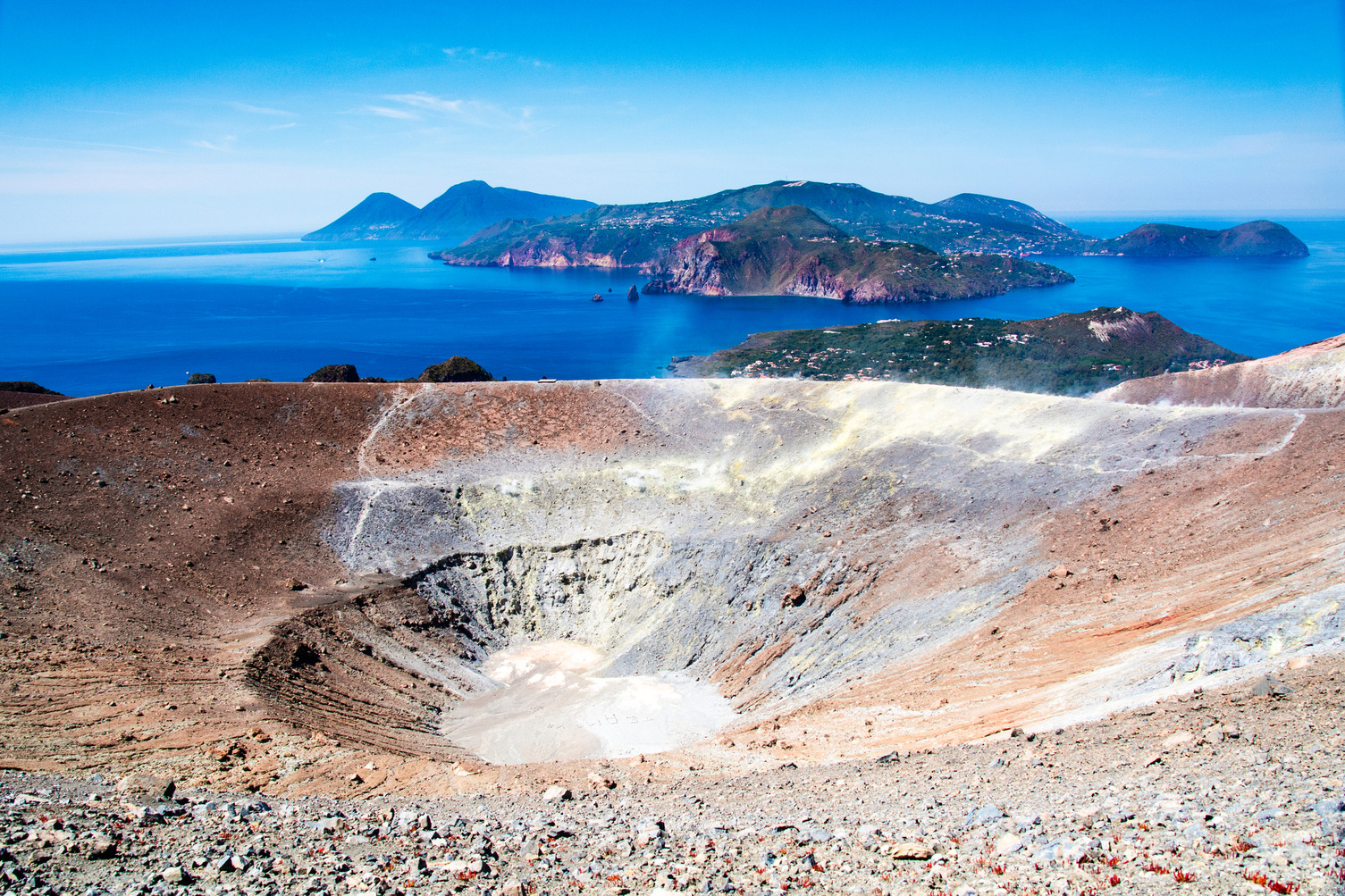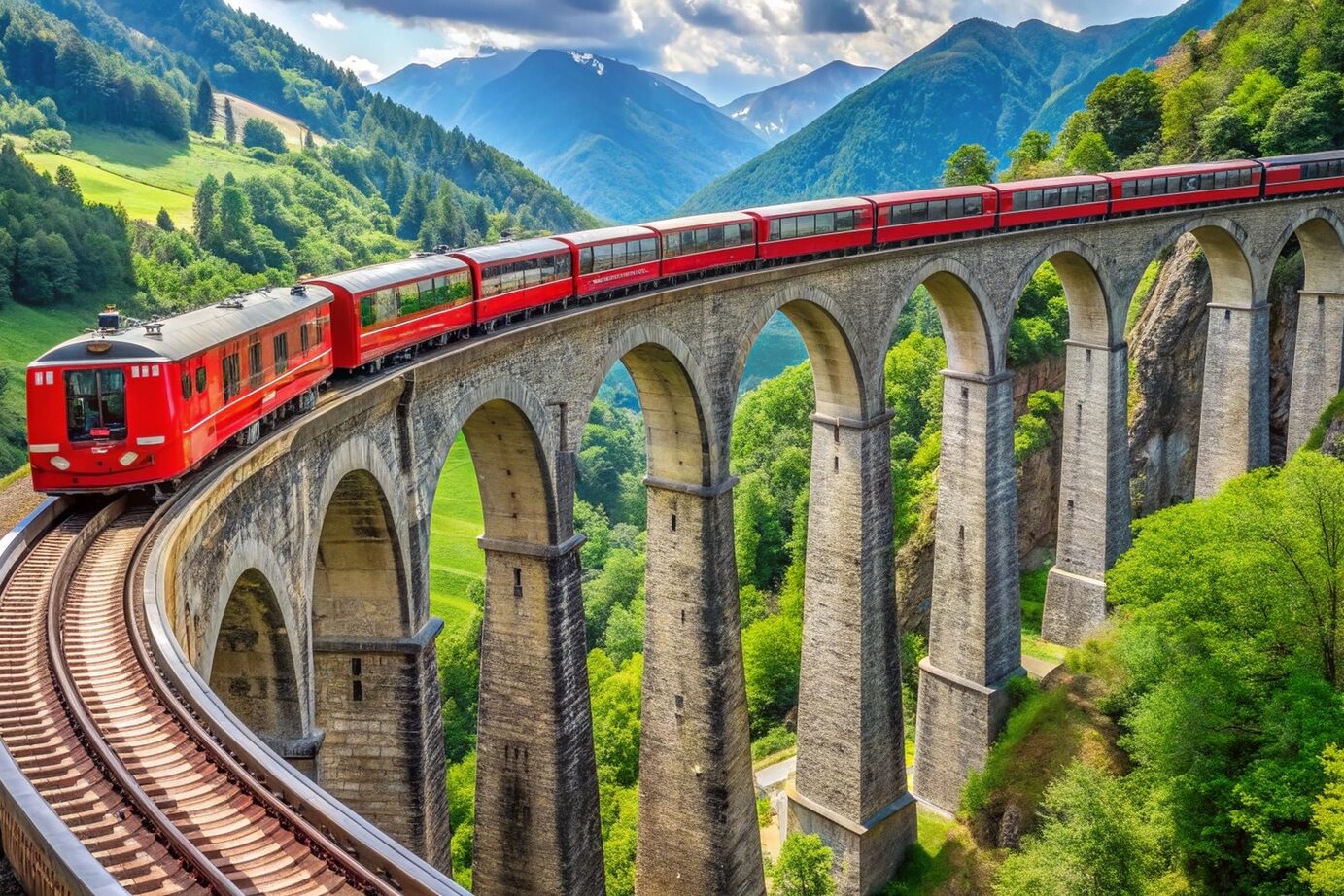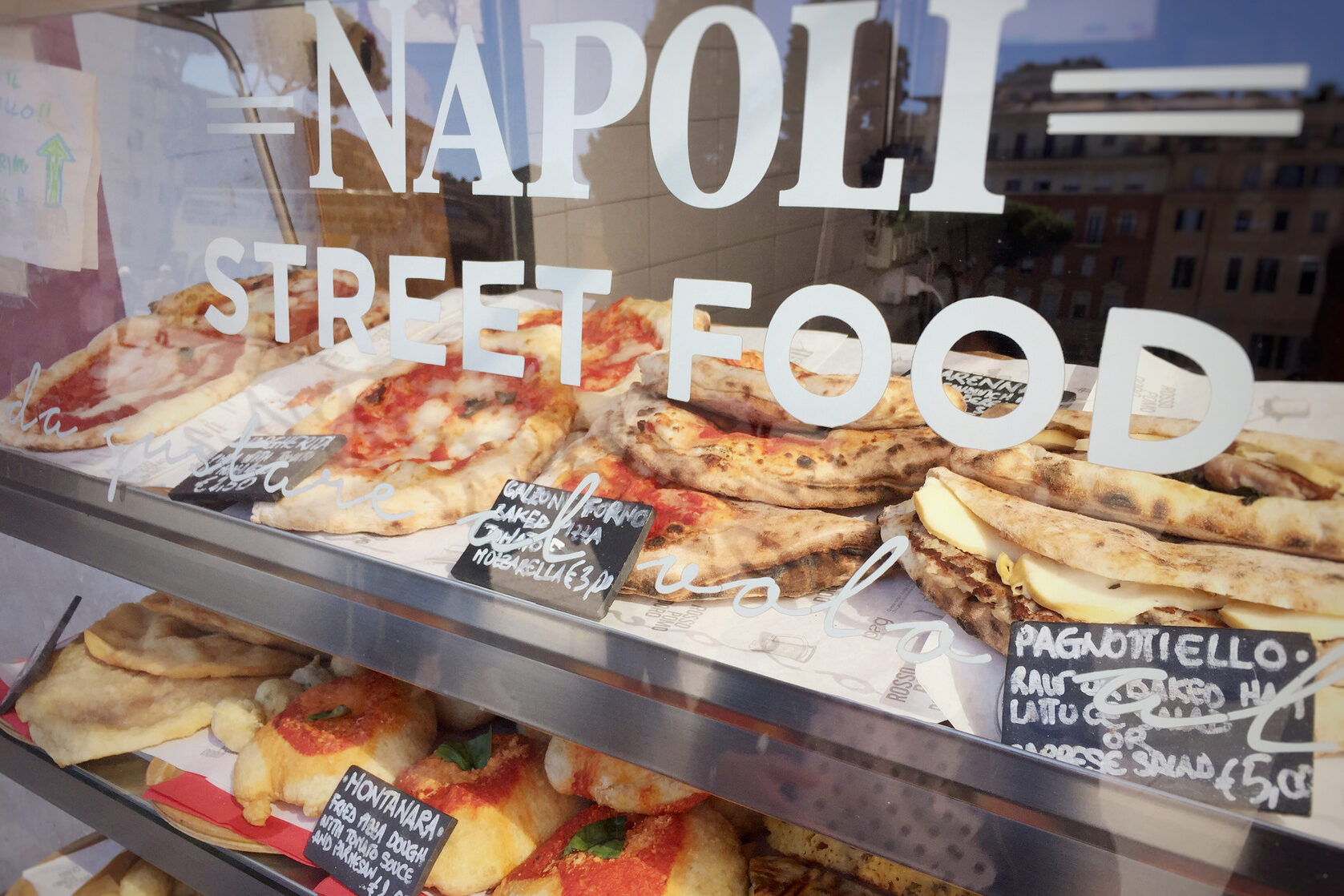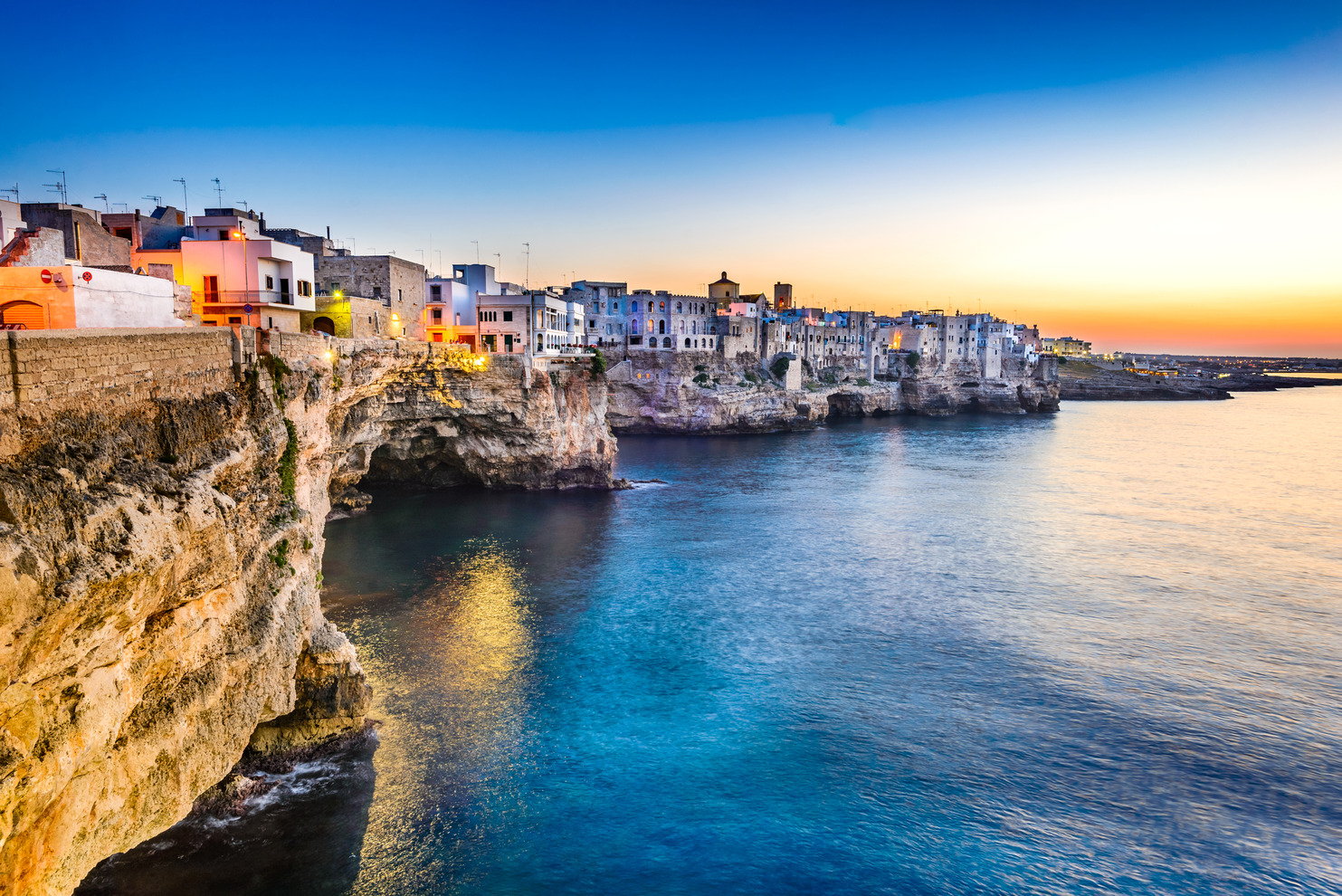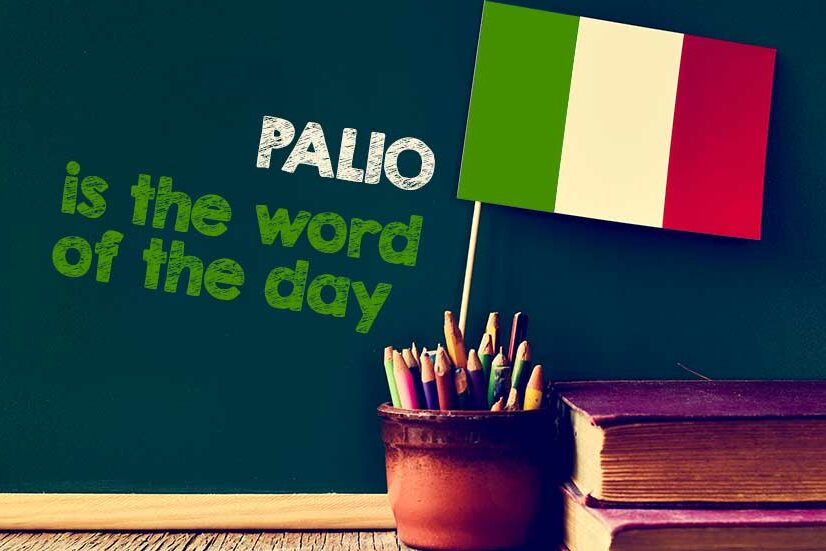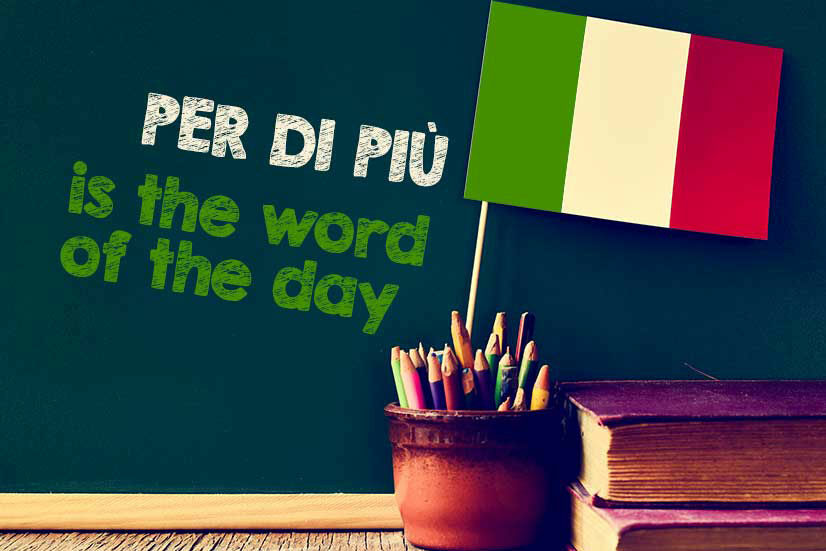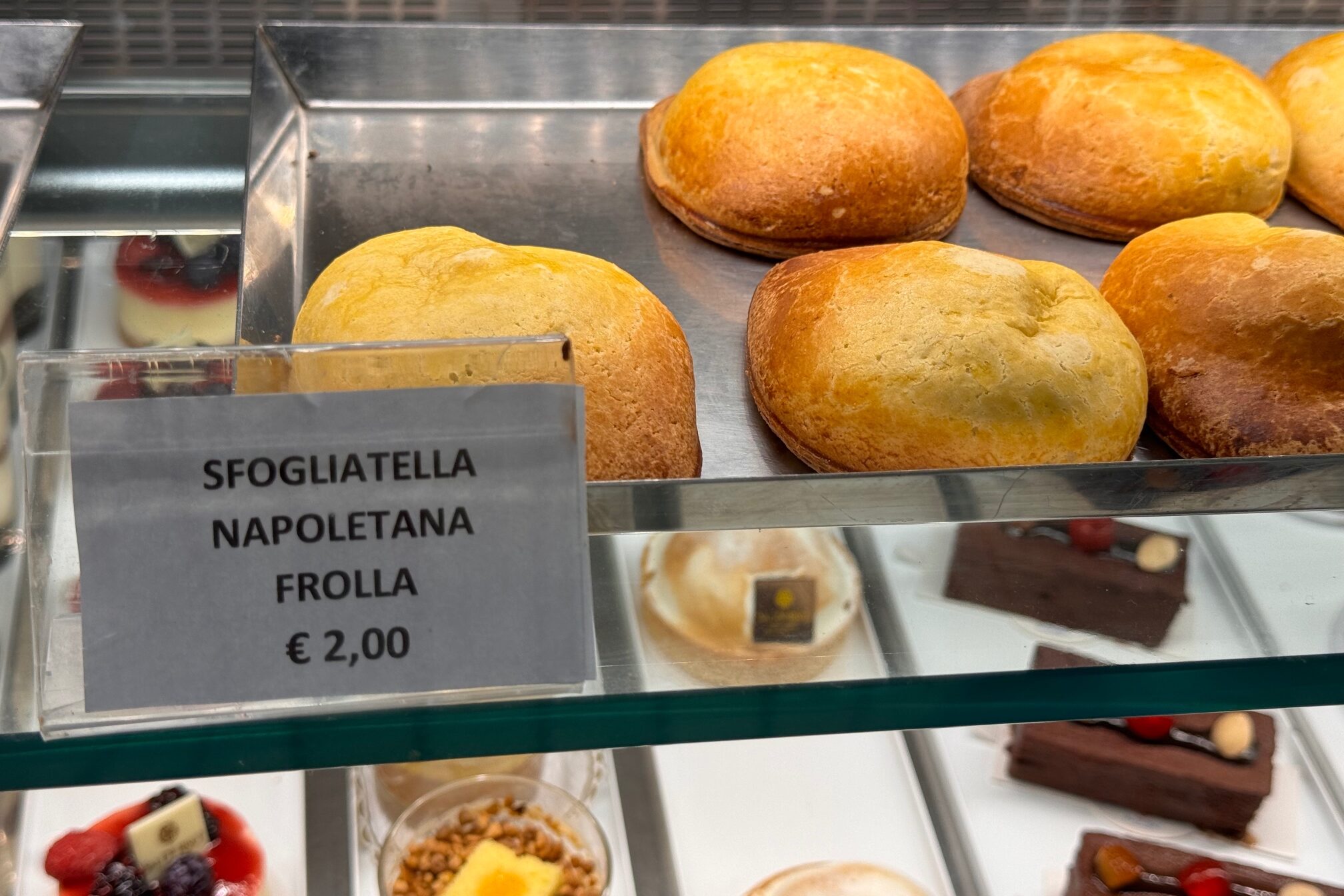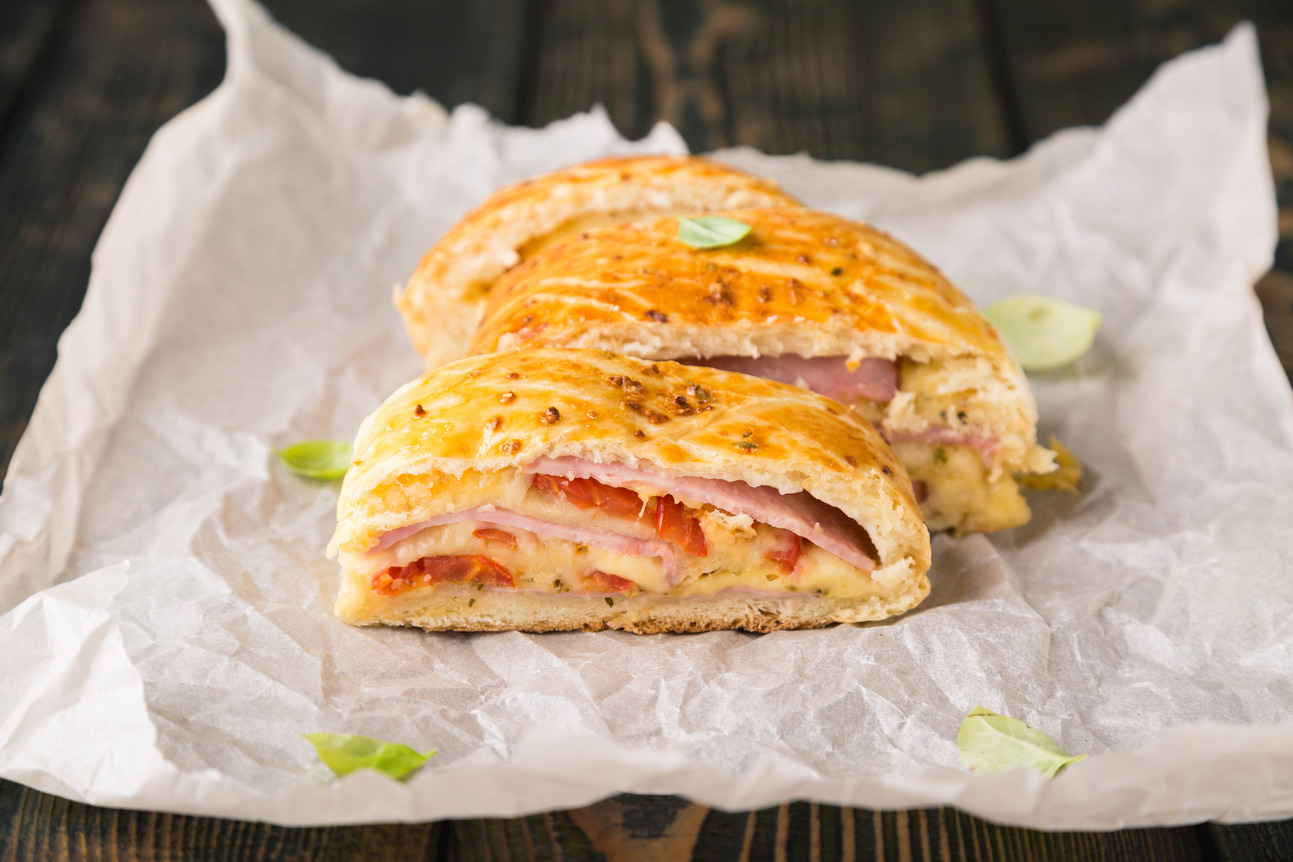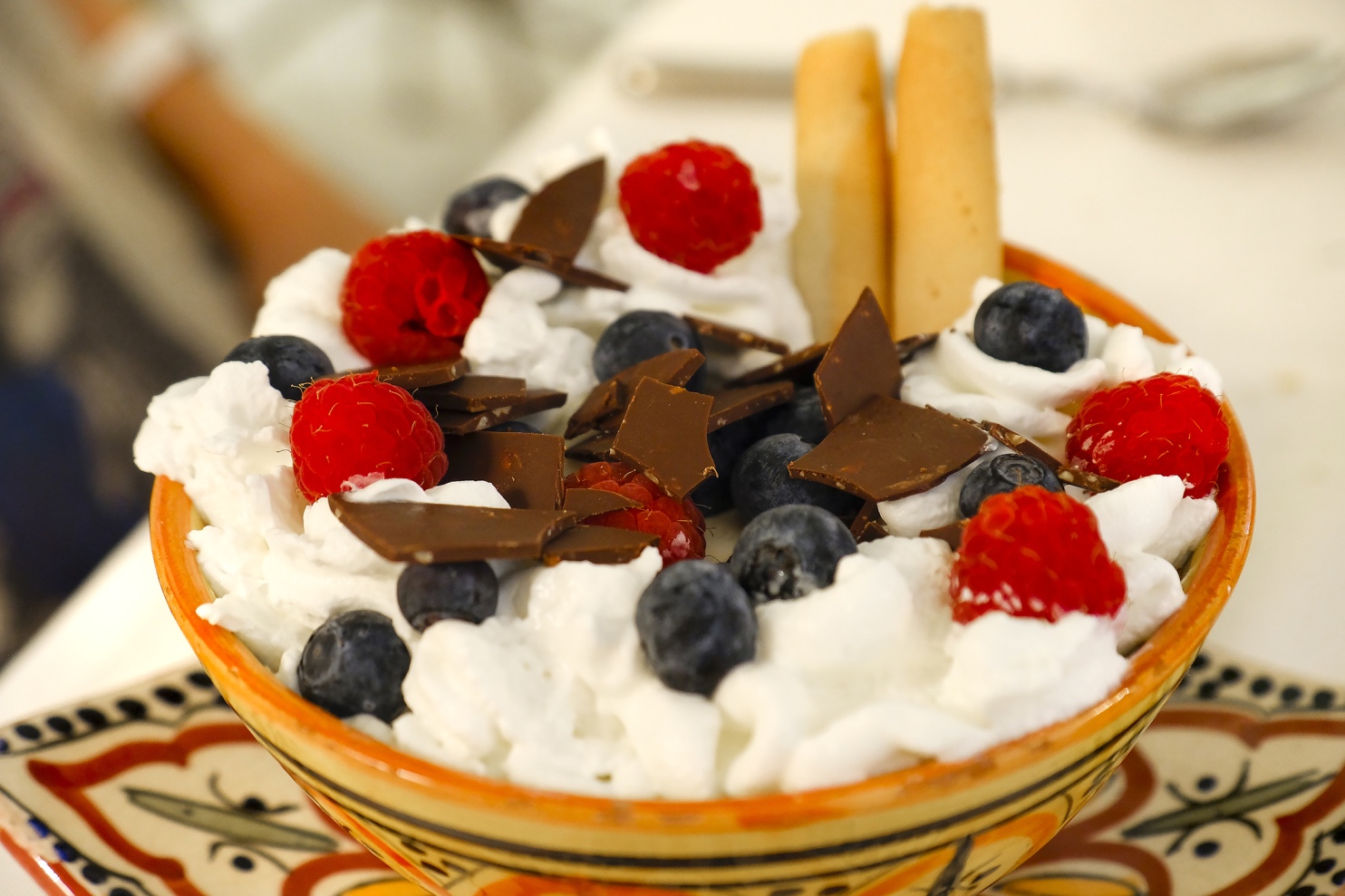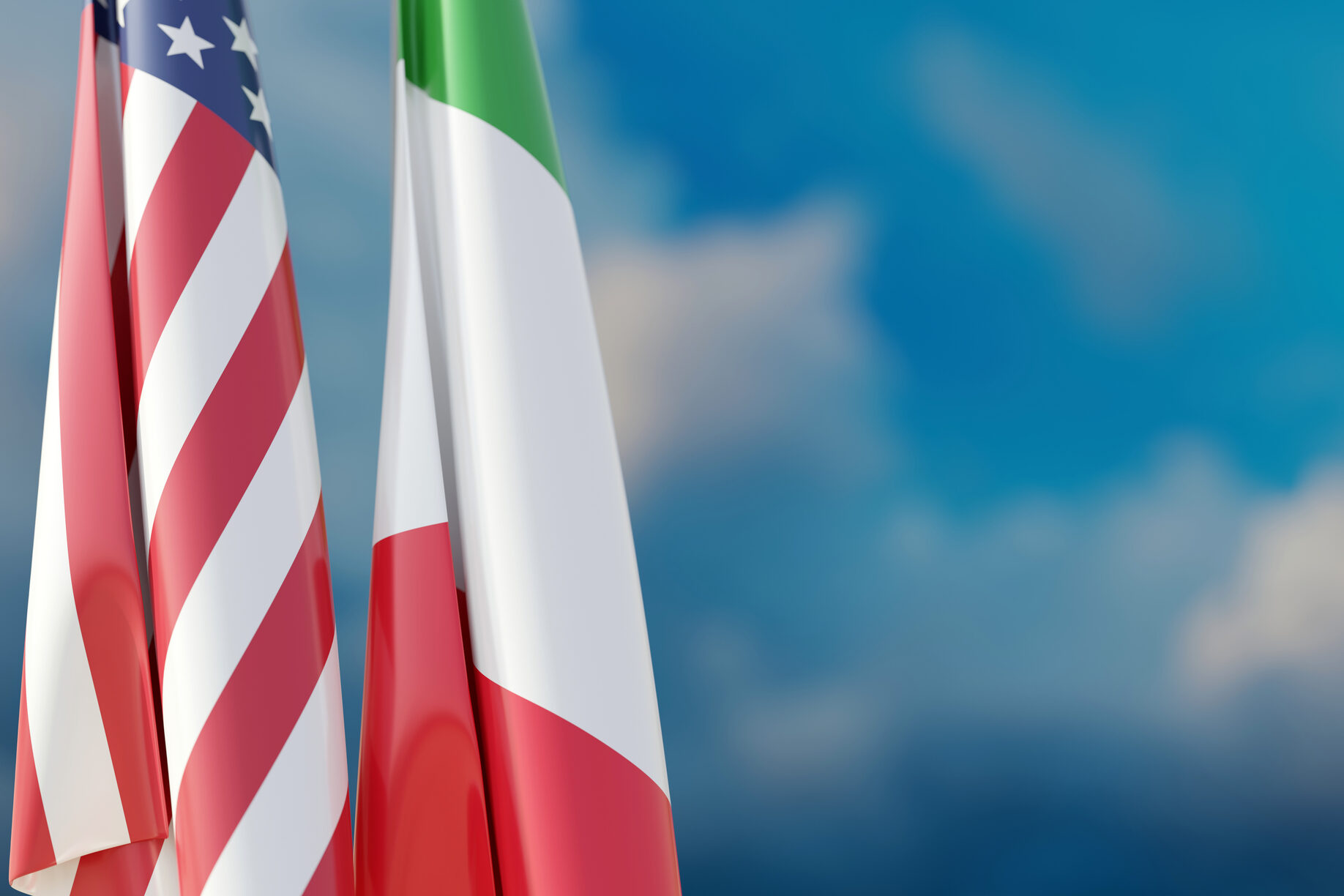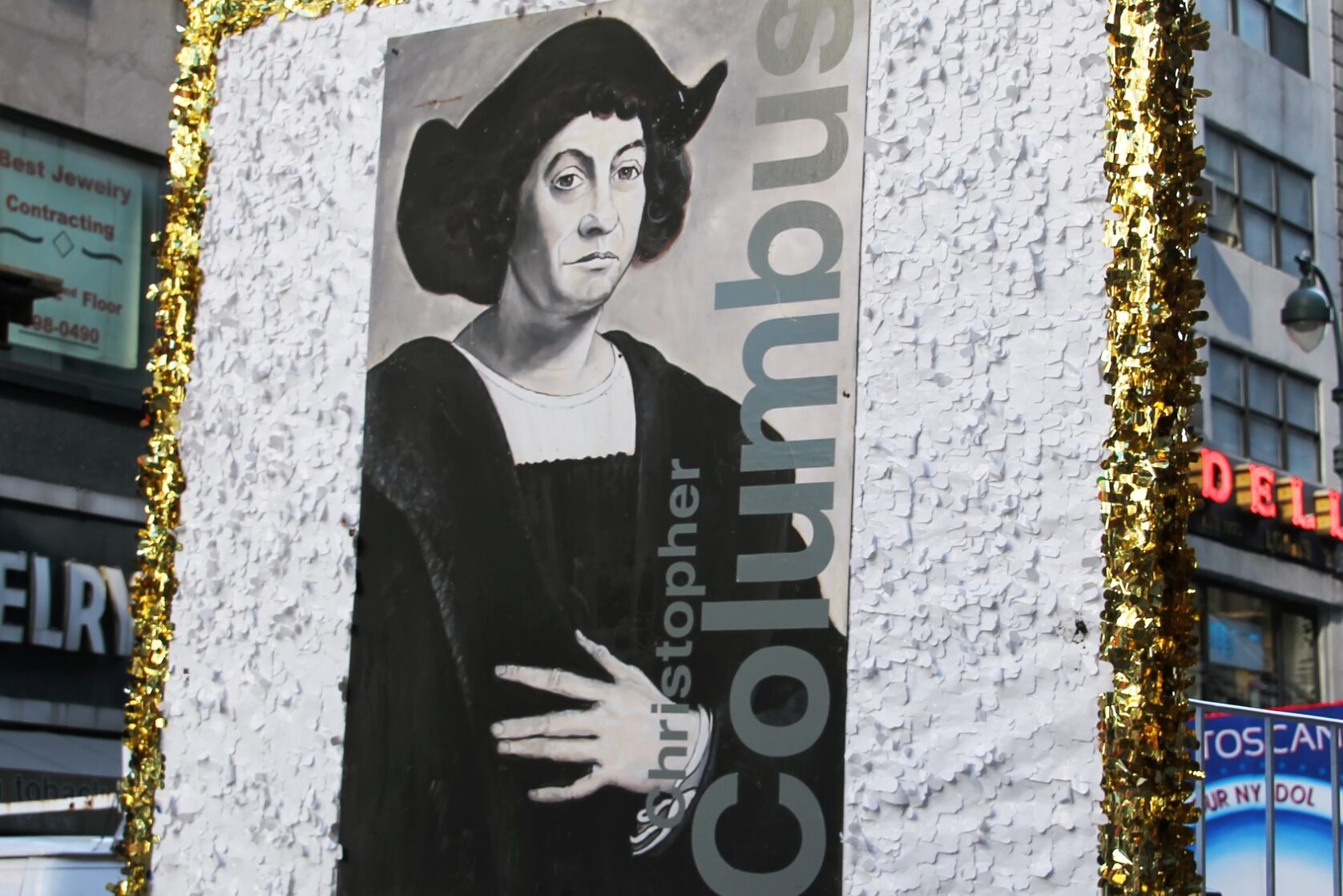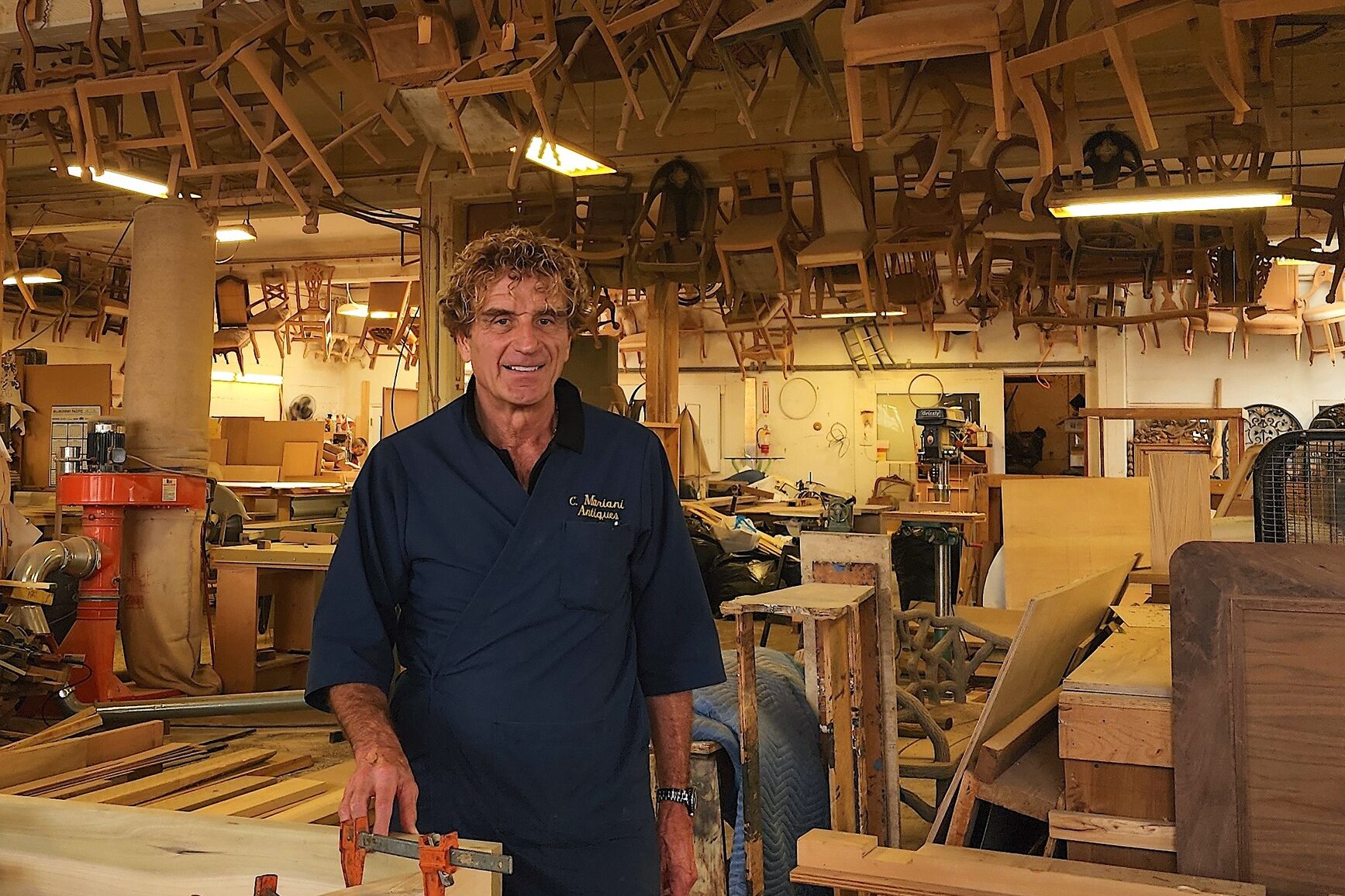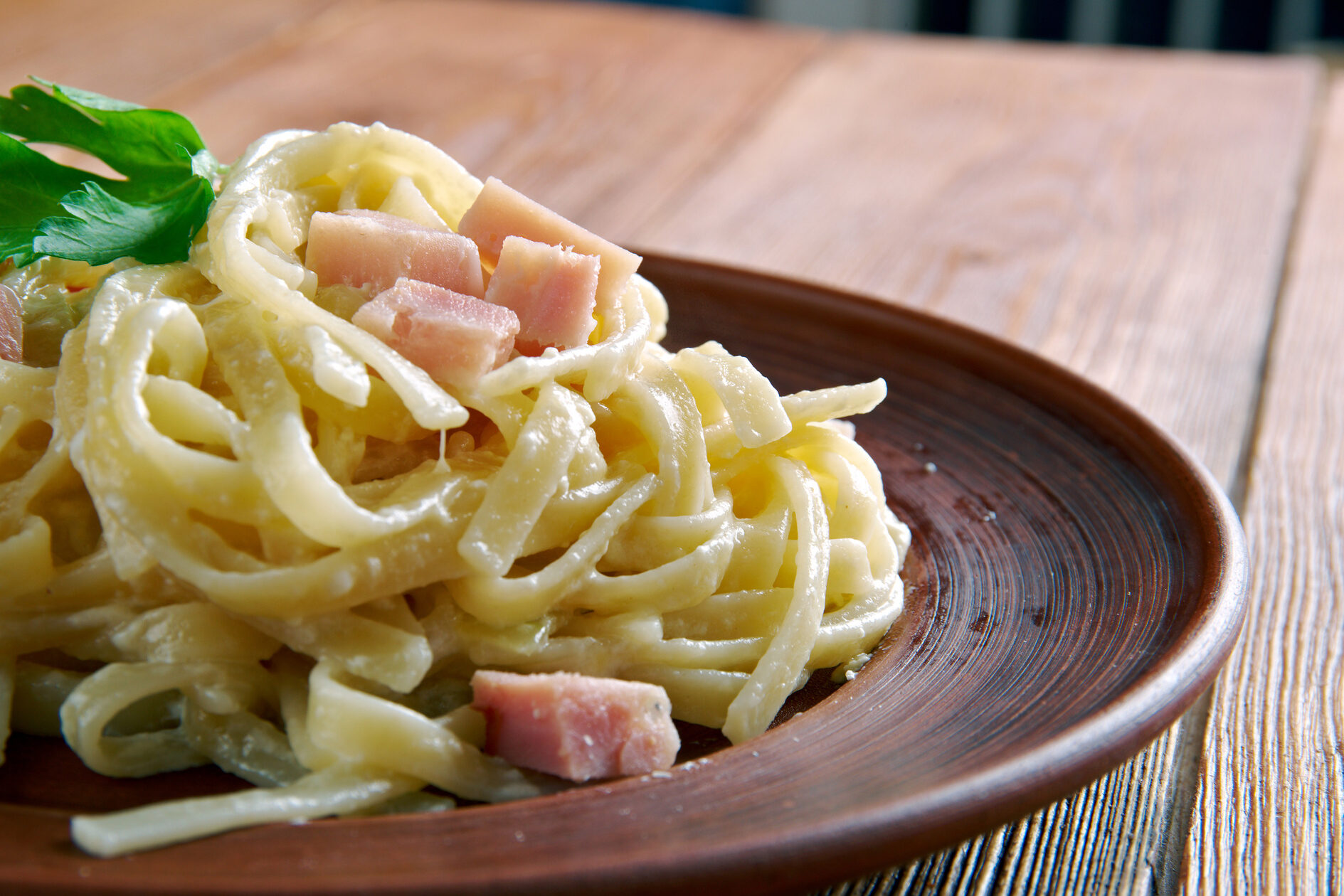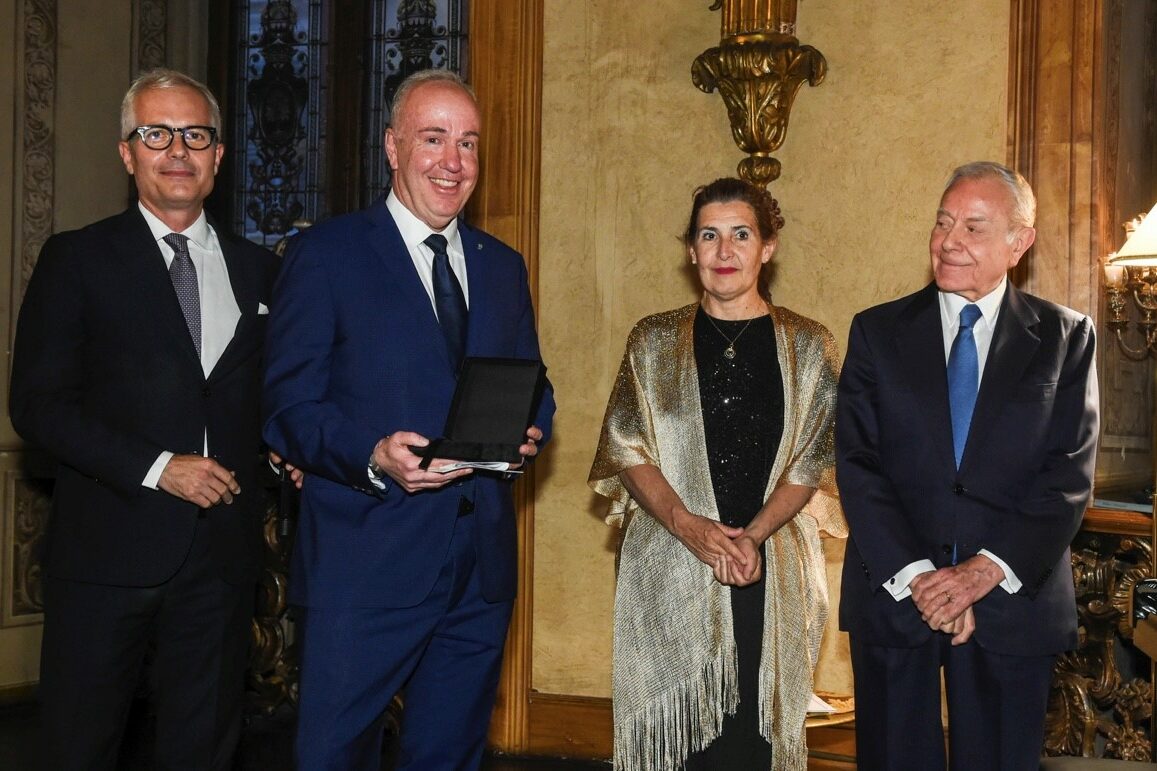About twenty miles east of Palermo sits the beautiful jewel of Trabia by the sea, with its beaches and safe little harbor as though held in the bend of the arm of the coast. Trabia was and still is the nexus of many peoples: Sikanie, Sicel, Phoenician, Arab, Greek, Spanish, and of course Italian. All of these peoples went into the making of the Sicilians, and I feel their Spirits in my being when I return to Trabia.
Today, Trabia is a pleasant town of 7000-8000 and is primarily an agricultural, fishing, and tourist area along with San Nicola and Aspra. As my grandmother Bondi told me, the tuna boats would return and beach in front of her humble Church of the Tonnara, and the tambourine would ring out. The first tuna went to the poor of the church. While the tambourine played, the price was right, and when it stopped the price went up!
Trabia derives its name from the Arabic ‘Al-Tarbi-ah’ which means the square. The streets in Trabia retain the grid pattern, and the Fortress or Rocca della Trabia was, as it is today, its center. Al-Idrisi, the renowned geographer of the court of Roger II called the center the Rocca, today’s Castellu, in his “Book of Roger” of 1154.
The Lanzas became the Princes of Trabia in the early sixteen-hundreds, and in 1635 Ottavio Lanza was given permission to establish a settlement. He made extensive changes to the Fortress which had an internal keep or prison. The Fortress or Castellu exists to the present and is still owned by the Lanzas. Part of it is now a hotel, I am told. Some of my family’s records are contained in the Castellu library.
San Nicola, only four miles west also has an ancient Arabic tower high up on a hill. It once watched the coming and goings of friends and invaders. Trabia, San Nicola, and nearby Aspra all participate in a common historical heritage.
That which relatives and cittadini of Trabia tell is indeed true. My father often cited the streams, rivers, and flour mills of this area, especially of Trabia where he was raised. Al-Idrisi says, “Trabia [is] a most pleasing site, rich in perennial waters, and in mills . . . where they manufacture vermicelli” and ship it to all parts of Italy and the Islamic world. One can read about this in detail in Mary Taylor Simeti’s outstanding book about Sicilian cooking, “Pomp and Sustenance”. So, Trabia is the first recorded manufacturing place of the pasta that we Italians and the rest of the world love!
Today, I can identify only one former river, now a mere trickle. But, next to this almost hidden rivulet near the main road between San Nicola and Trabia, there exists the remnant of a once thriving flour mill; a huge millstone, old handsome stone buildings, and a giant olive oil jar all stand elegantly idle. The site is a place of magic for me and I do yearn to explore inside the old mill. And most wonderfully, there is a fine bakery directly across the road. It creates marvelous bread and dolci.
The clerk finally told me that “Yes, the old flour mill was once across the road, and we are the bakers of that family.” The scent of the warm, freshly baked bread is a sacred perfume, and that is why we Italians say “As good as bread’, not “as good as gold”. Gold sustains in one way, but to my feeling, bread has a living soul-sustenance.
So indeed, pasta production flourished in and near Trabia largely as a result of the Arabs, the Lanzas, and the hard wheat Triticum turgidium, var. durum as opposed to soft wheat, Triticum aestivum. It is precisely this hard, durum (and in Italy non-bromated wheat) that gives the pasta and bread of Italy that heavenly taste and texture.
Pasta was important for civilization; it tolerates storage for a long time for future use, and hard wheat flour became the basis for hardtack, enabling sailors to sail the ocean seas of the world. Although, there is little if any similarity between pasta and hardtack!
When I first journeyed to Trabia many years ago, the words and ghosts of my ancestors and relatives floated in my consciousness and memory, and over a very long time I came to understand Trabia as symbolic of the history and Soul of Sicily. The Trabesi are living treasures both in body and Spirit of Sicilian heritage.
All one need do is to observe them, to engage in conversation with them. I find that Italians are the kindest of any people when you speak to them in their language, no matter the state of ones proficiency. So, this is why I always engage. Living memory is a marvelous gift.








